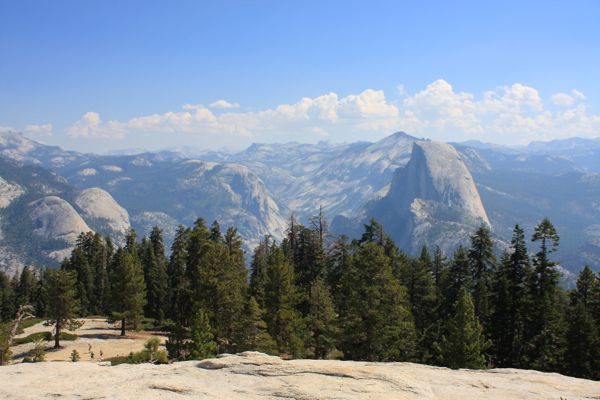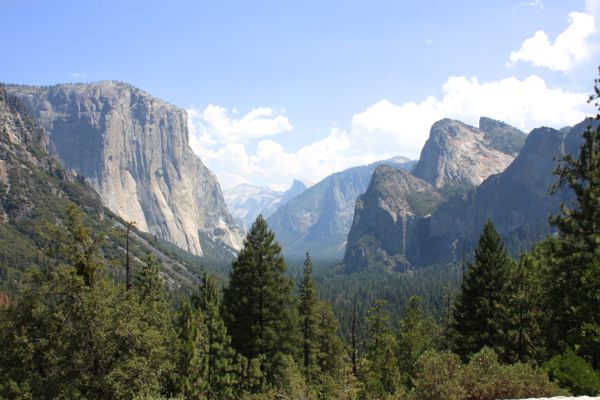“Open space preservation is an issue that knows no party or ideology. It’s simply about ensuring that New Jersey residents have the best possible quality of life. ~~~ Assemblyman John McKeon (D-Essex)
After watching the non-debate and vote in the Assembly on open space funding yesterday, which terminated with a smarmy “thank you” by Assemblyman McKeon, I was intrigued by Assemblyman McKeon’s quote in Tom Johnson’s NJ Spotlight piece today, so I tracked down the full press release issued by the Assembly Democrats.
I was captivated – I think the blogging term or art is “gobsmacked” – by the headline in the press release:
Resolution Permits Vote on Constitutional Amendment to Increase Share of Corporate Business Tax Revenue Allocated for Environmental Programs
Does that not imply – if not absolutely state – that: 1) corporations will pay more for 2) increasing funding for environmental programs?
Is not the reader clearly led to believe that corporate tax support will increase and that environmental program funding will increase?
I think the correct word to characterize those inferences and impressions is “counterfactual” – or, more simply, beyond spin and a big fucking lie.
The fact of the matter on the first prong is that the corporate business tax (CBT) is unchanged and the corporate tax burden for funding environmental programs is unchanged.
In fact, just the opposite of McKeon’s inference is true with respect to the economic implications for corporations: the Resolution would provide millions of dollars of taxpayer funds to corporations that own land, enjoy tax benefits and subsidies for such ownership, and very profitably speculate in real estate.
I think the blogging term for that is “corporate welfare”.
But the inference in the second prong of the headline of the press release is even more Orwellian: that funding for environmental programs would INCREASE.
Again, the facts of the matter do not support that claim and in fact contradict it.
There is no new money and no increase in environmental program funding. Just the opposite.
The Resolution approved by the Assembly (SCS SCR84) provides for a diversion of about $100 million/year of existing CBT revenue that was previously dedicated by the voters to specific environmental programs to other purposes.
Read the Senate Budget and Appropriations Committee Statement for an explanation of those programs and side by side comparison with the proposed new diversion.
The McKeon backed Senate Rersolution would CUT funding for those purposes currently funded by CBT money.
From a macro total revenue standpoint, it is correct that in 2019, the current CBT dedication of 4% (about $100 million/year) would increase to 6% (about $150 million/year), or about a $50 million increment.
But again, even from a revenue standpoint, and not considering the cuts to the existing programs that will result from the diversion, this claim is highly misleading.
That $50 million annual incremental increase is wiped out by the recurrent underlying $100 million diversion.
Let me try a simple illustration:
Suppose you have a trust fund from a rich grandparent that provides $100,000 per year to you and you alone.
Now suppose that a financial advisor proposed a new investment scheme like this:
He would take that $100,000 dedicated to you, and in 4 years increase it to $150,000 per year. Sounds good, right?
But in exchange, your 6 sisters (named Historic Preservation, Farmland Preservation, Green Acres, Blue Acres, Recreation, and “Stewardship”) would share in 78% of the total proceeds and your dedicated $100,000 share would be reduced to no more than $22,000.
[clarification: technically, it would not be a fixed dollar amount, but 22% of total revenues. You see, your financial advisor has told you that the CBT revenues are projected to grow as the economy rebounds, so the $150,000 is likely to be larger. But to merely break even with your prior $100,000 guarantee, the 6% of the CBT would have to grow to almost $500,000! In just 4 years! Not possible.]
Would you take that deal?
Ask Assemblyman McKeon – he’s your financial advisor. I think the SEC would prosecute for that if it were presented to investors.
I will take on McKeon’s “no ideology” claim in a future post. You can get a sense of where I’m going with that by reading the comments on the NJ Spotlight story.
For now, I just wanted to get the basic financial facts on the table.
[PS – of course I am not saying that Orwell was a spin mister, I am using that title metaphorically. Orwell’s protagonists in 1984 Winston Smith and the Ministry of Truth is what I’m driving at, obviously.]








